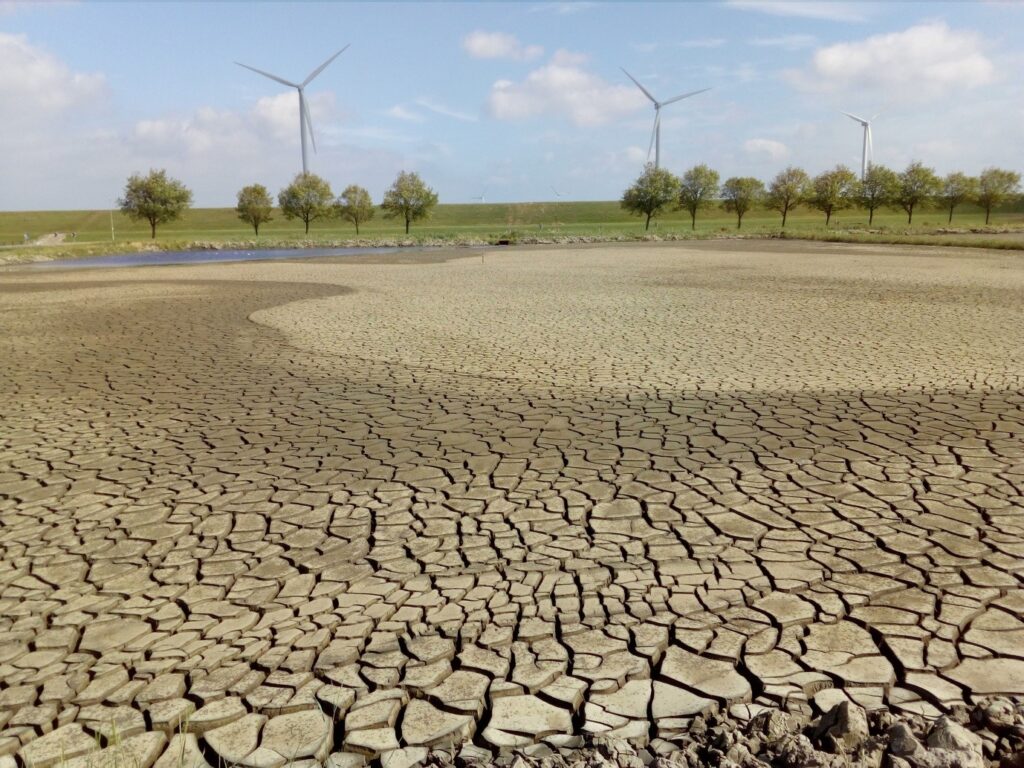Experience
Over the years, EcoShape has worked on expanding the knowledge of the BwN Technology and improving the understanding of the surrounding natural system by initiating or contributing to several pilot projects and participating in research programmes, often aided by external funding.
The research consisted of multidisciplinary teams, where universities and research institutes, governments and private partners worked together to translate the academic knowledge directly into practical guidance for BwN practicioners. As part of these pilots, also a number of relevant Tools have been developed and the practical experience of initiating, designing, constructing and managing these pilots has been stored for each individual Case.
This research and the building of the knowledge base has always been conducted in a multidisciplinary and ‘learning-by-doing’ setting, with the common goal to learn which Concepts fit in which Landscape, and what are the system and design parameters that should be considered when implementing these Concepts at other locations. Below several research initiatives are highlighted that are the basis for our BwN Technology and system knowledge understanding.
NatureCoast
This research projects focused on aspects of the mega nourishment Delfland Sand Motor, being coastal safety, dune formation, marine ecology, terrestrial ecology and governance. Each aspect is covered by two PhDs at two different universities. A key role of the three postdocs is the integration between the six science projects, striving to develop interdisciplinary knowledge obtained at the Sand Motor. The post-docs also investigate the feasibility of this BwN Concept worldwide given the knowledge developed at the Sand Motor.
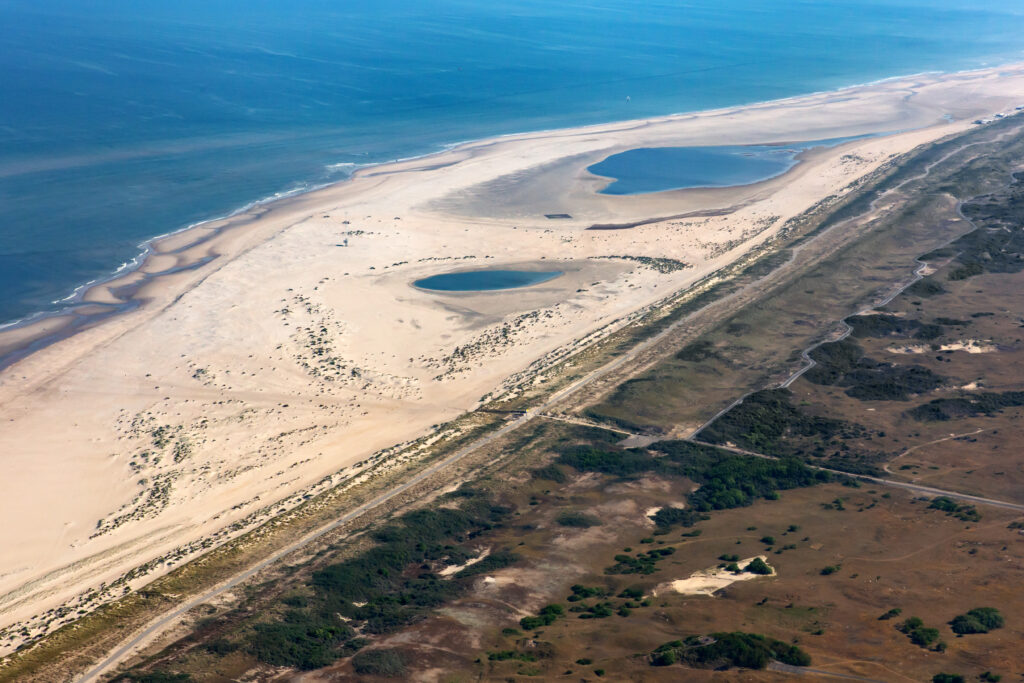
KIMA
In the Knowledge and Innovation Program Marker Wadden (KIMA), Rijkswaterstaat, Deltares, EcoShape and Natuurmonumenten investigate how the constructed nature islands Marker Wadden ecosystem is developing. KIMA aims to generate and present knowledge about building with fine sediment, ecology and governance. A number of researchers from different partners are involved.
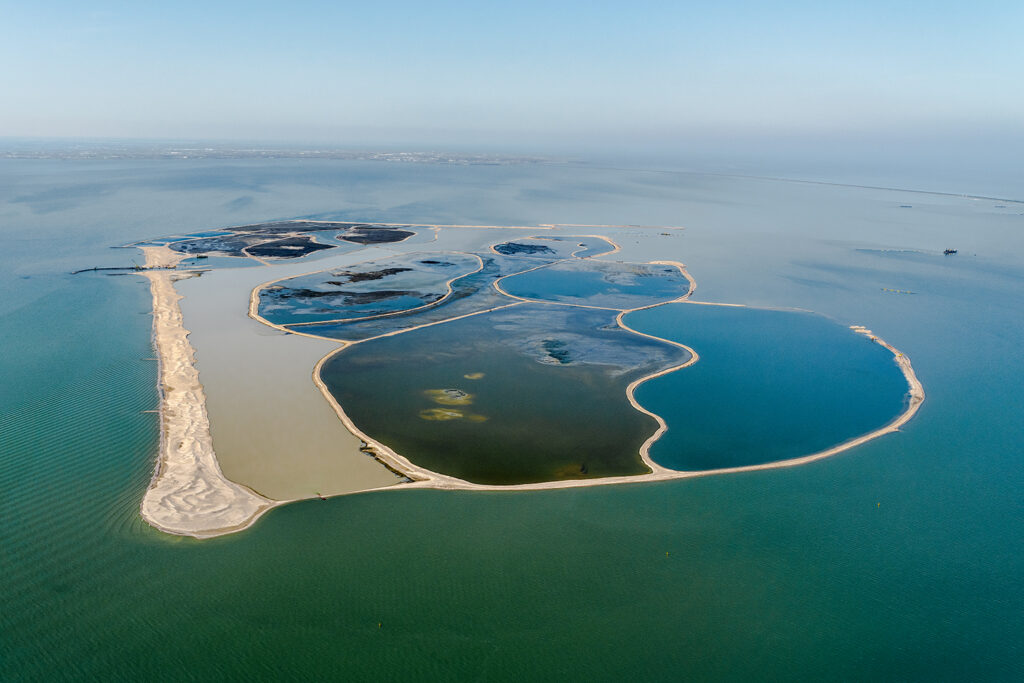
Hondbossche Dunes
The aim of this innovation project is to learn more about efficient sand-nourishment with added value for nature and recreation. The focus is on 1) improving predictability in the development of engineered dune habitats, 2) design optimization and 3) visitor perception of the coastal defenses. This research assists in an improved evaluation and decision- making framework as well as more knowledge on the design and management of these sandy solutions.
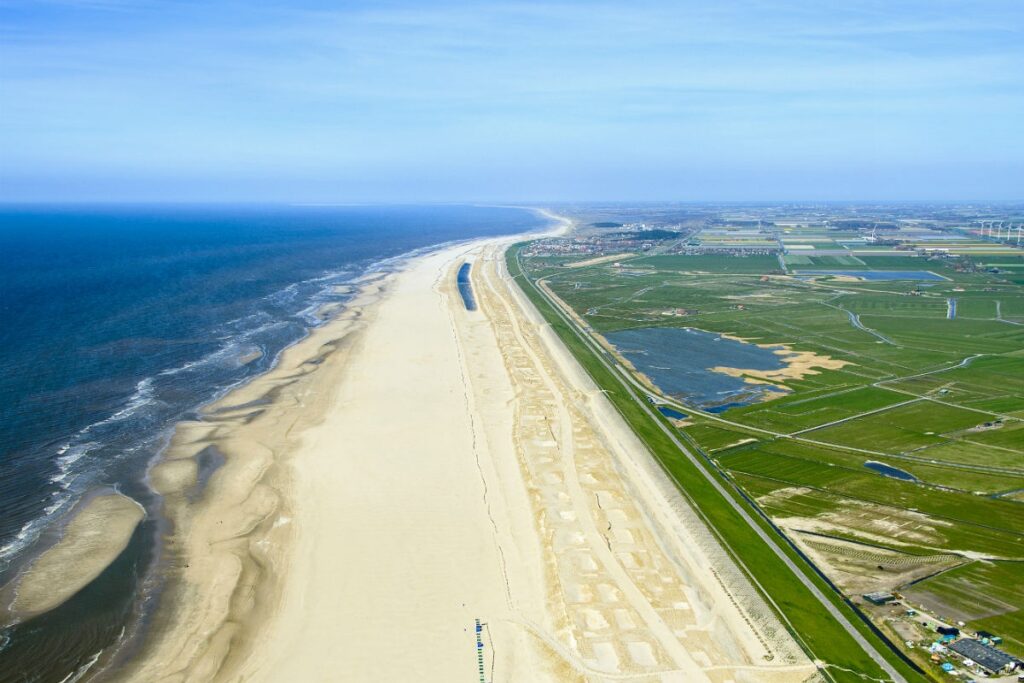
Pilot Houtribdike
A sandy foreshore to strengthen a dike already is a proven solution on seashores. However, in other locations – lakes, for example – more evidence is needed. This project provided positive answers that a sandy foreshore is a feasible option in a lake environment and has been used as a test case prior to large-scale implementation.
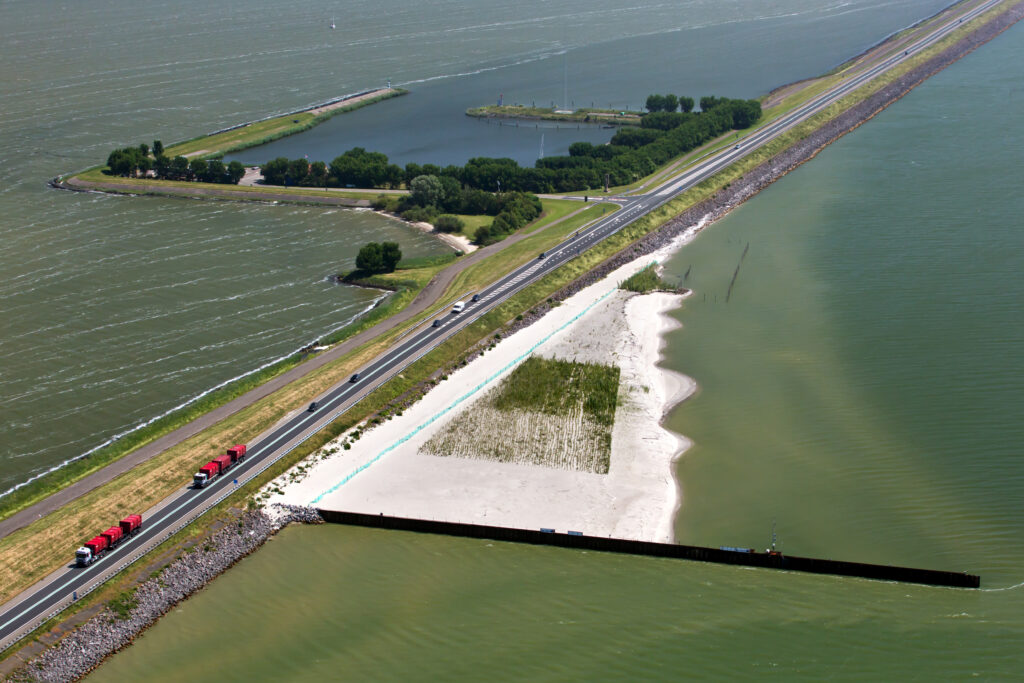
Marconi salt marshes
The aim of this research was to investigate the best way to restore salt marshes by reusing sediment, while developing nature that contributes to the water quality, ecology, coastal defences and the attractiveness of the coast. Different aspects that influence salt marsh development have been investigated to better understand and optimize how to construct salt marshes.
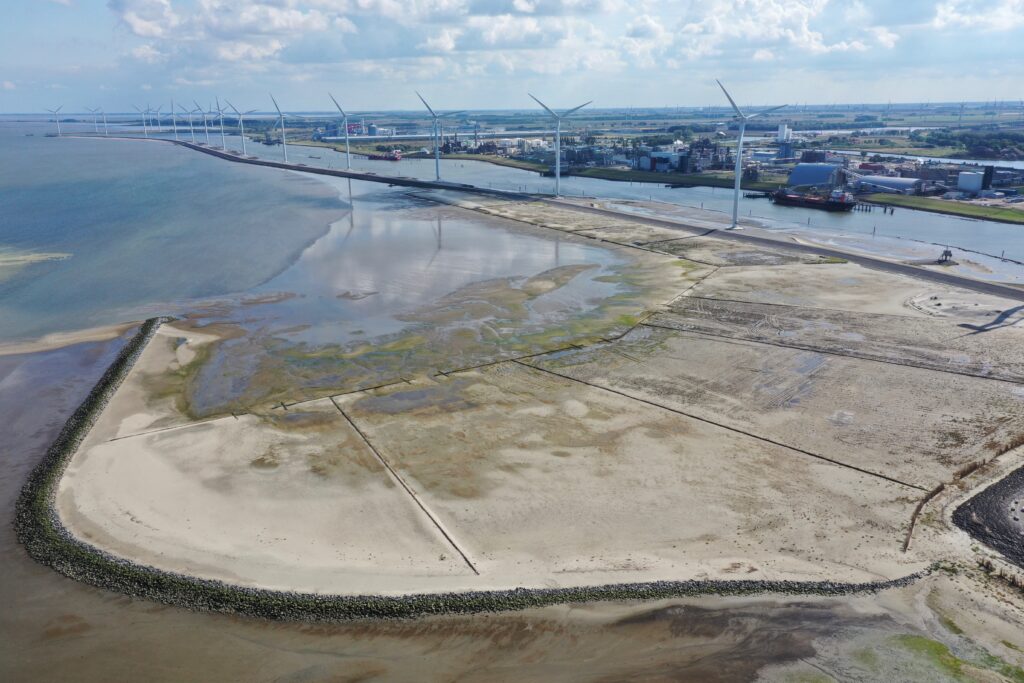
Clay ripening and consolidation
The Clay ripening research tests and evaluates different configurations and settings at the Clay ripening pilot site to come up with the most effective approach to obtain dike clay. Also, there business case side is part of the research in order to evaluate if this solution is not only technically but also economically feasible on a large scale.
